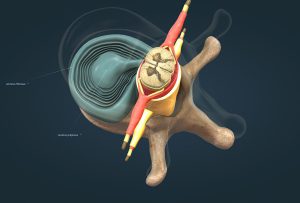
Osteopathy’s holistic nature encompasses not just physical health but also emotional and mental well-being, which are equally important during pregnancy. By providing a nurturing and supportive environment, osteopathic care at MHV Clinic helps expectant mothers to navigate the physical demands and emotional rollercoaster of pregnancy with greater ease and confidence.
Understanding Osteopathy During Pregnancy
The Safety Profile of Osteopathic Treatment in Pregnancy

Our osteopathic practitioners are trained to apply techniques that are safe and comfortable for both the mother and the unborn baby. These techniques are carefully selected and modified to accommodate the unique needs of each trimester. For instance, special attention is given to avoid direct pressure on the abdomen, and positions that might be uncomfortable or risky for pregnant women are avoided.

Over
Over
Over
Key Benefits of Osteopathy for Expectant Mothers
Pregnancy is a time of profound change and adaptation for a woman’s body. During this period, the body undergoes significant transformations to accommodate the growing fetus, leading to various physical and emotional challenges. Osteopathy, with its holistic approach, offers numerous benefits for expectant mothers, assisting in managing these changes more comfortably and healthily.
Understanding the Role of Osteopathy in Pregnancy
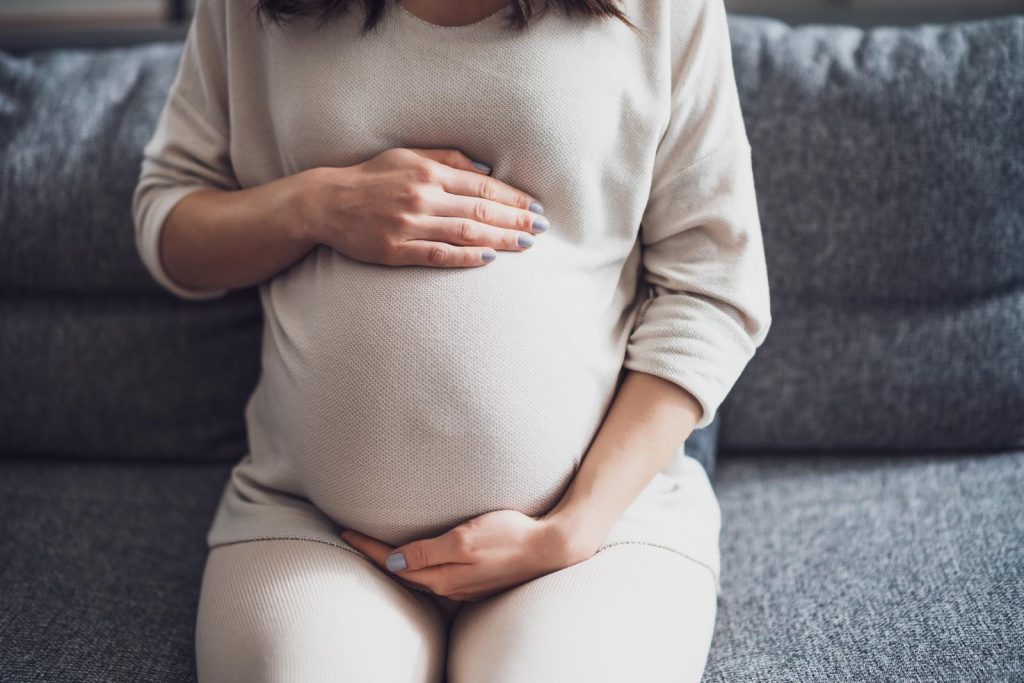
The primary goal of osteopathy in pregnancy is to support the mother’s body as it adapts to the changes brought on by pregnancy. These changes include the body’s centre of gravity shifting, increased weight, hormonal fluctuations, and the physical demands of carrying a baby. Osteopathy helps in maintaining balance, alleviating strain on the body, and enhancing overall wellbeing.

Alleviating Common Pregnancy Discomforts
As the pregnancy progresses, the growing uterus can
restrict lung capacity, making breathing more challenging. Our treatments can
help in opening the diaphragm and improving rib mobility, aiding in more
comfortable and efficient breathing.
Osteopathy offers a multitude of benefits for expectant mothers, providing a holistic and non-invasive approach to managing the physical demands of pregnancy. It not only helps in alleviating common discomforts but also prepares the body for childbirth and aids in recovery post-delivery.


Over
Over
Over
Preparing for Childbirth with Osteopathy
Get in Touch with MHV Clinic Today
Optimising Pelvic Alignment for an Easier Delivery

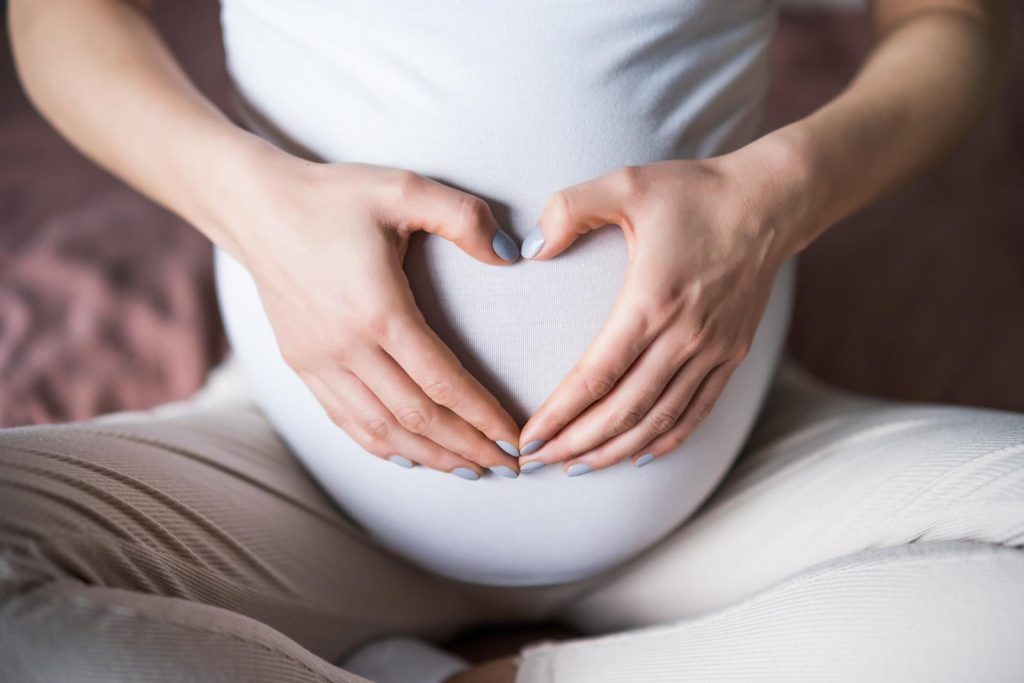
Get in Touch with MHV Clinic Today
Get in Touch with MHV Clinic Today
Postnatal Osteopathy: Continuing Care After Childbirth
Supporting Postnatal Recovery
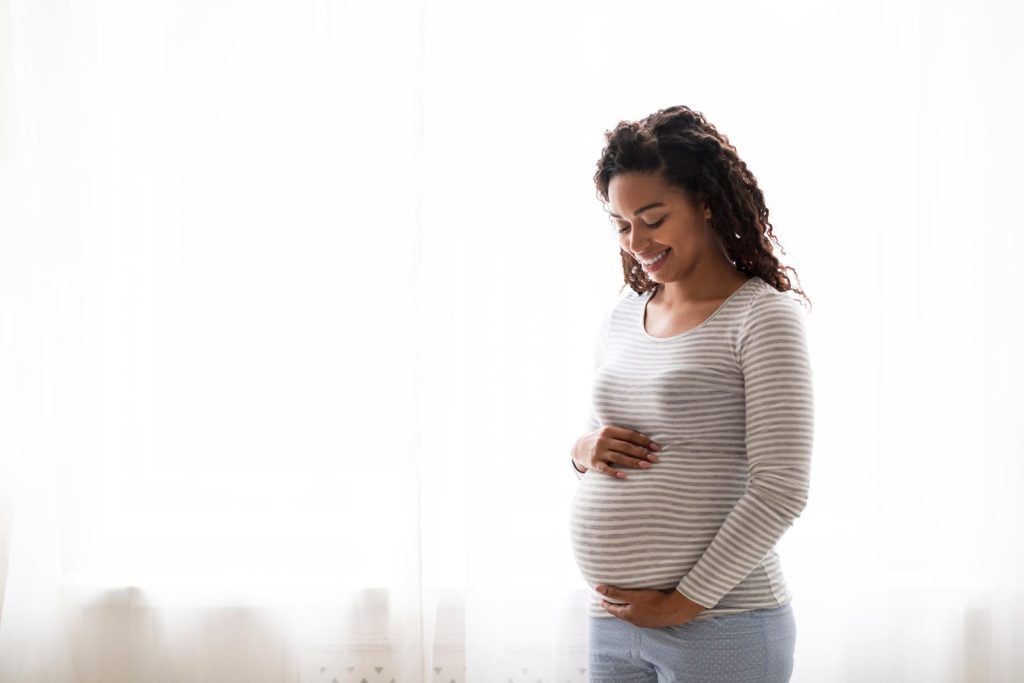
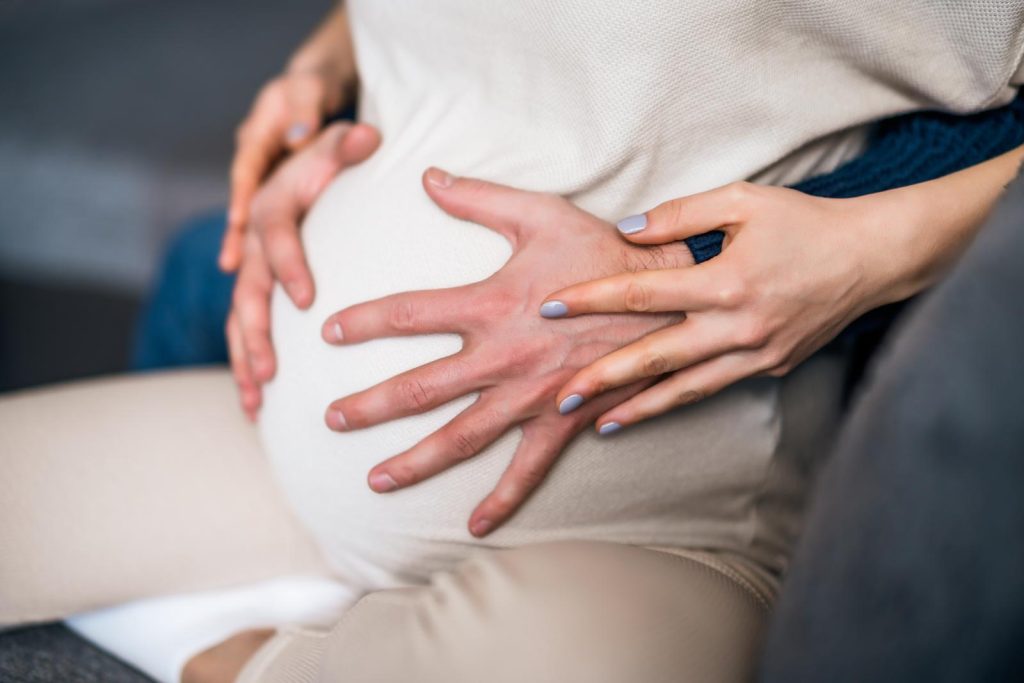
Osteopathy for Pregnant Women: A Gentle Journey to Wellness
Managing Postural Changes and Strengthening the Body Post-Pregnancy
Pregnancy is a time of profound physical and emotional transformation. As the body adapts to accommodate the growing life within, it undergoes significant changes, particularly in posture. Post-pregnancy, many women face challenges in regaining their pre-pregnancy posture and strength. This is where osteopathy, a holistic approach to healthcare, plays a crucial role.


Understanding Post-Pregnancy Postural Changes
– Increased lower back curve (lordosis) due to abdominal muscle stretching.
– Altered spinal alignment and pelvic tilt.
– Changes in the way weight is carried and distributed.
These postural changes can lead to discomfort and musculoskeletal pain. Fortunately, our clinic offers a pathway to address these issues effectively.


The Osteopathic Approach to Post-Pregnancy Recovery
Post-pregnancy, Osteopathy Focuses on:
Gentle manipulative techniques are used to realign the
spine and pelvis, alleviating stress on joints and muscles.
Osteopathy aids in strengthening the core muscles,
crucial for supporting the spine and pelvis, thus enhancing overall posture.
Osteopathic treatment includes exercises to improve
flexibility, helping the body regain its natural posture and movement.
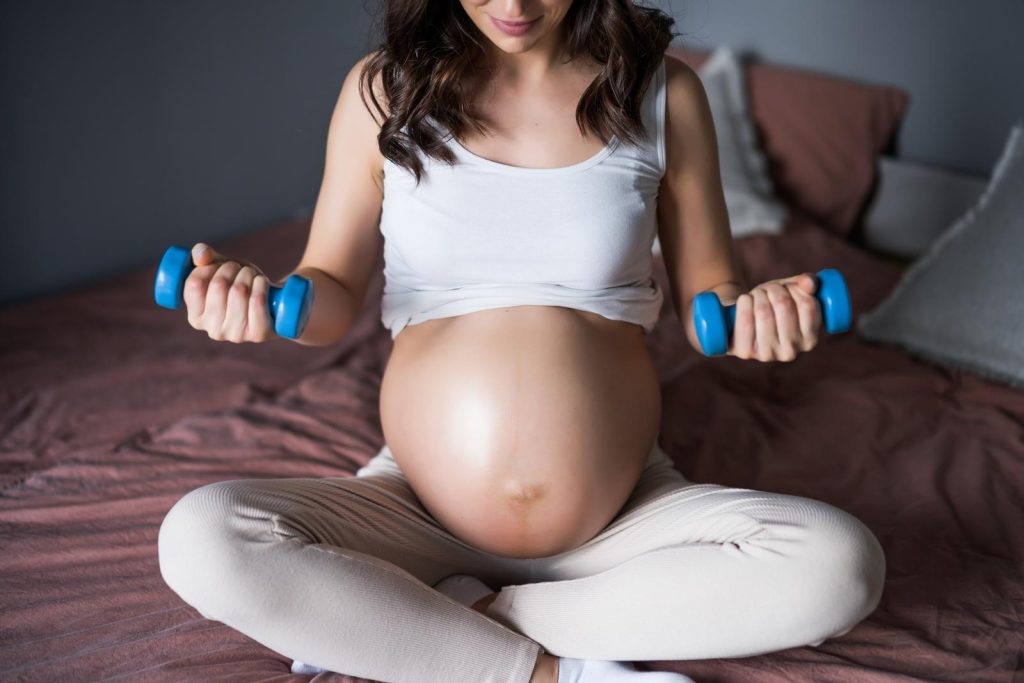
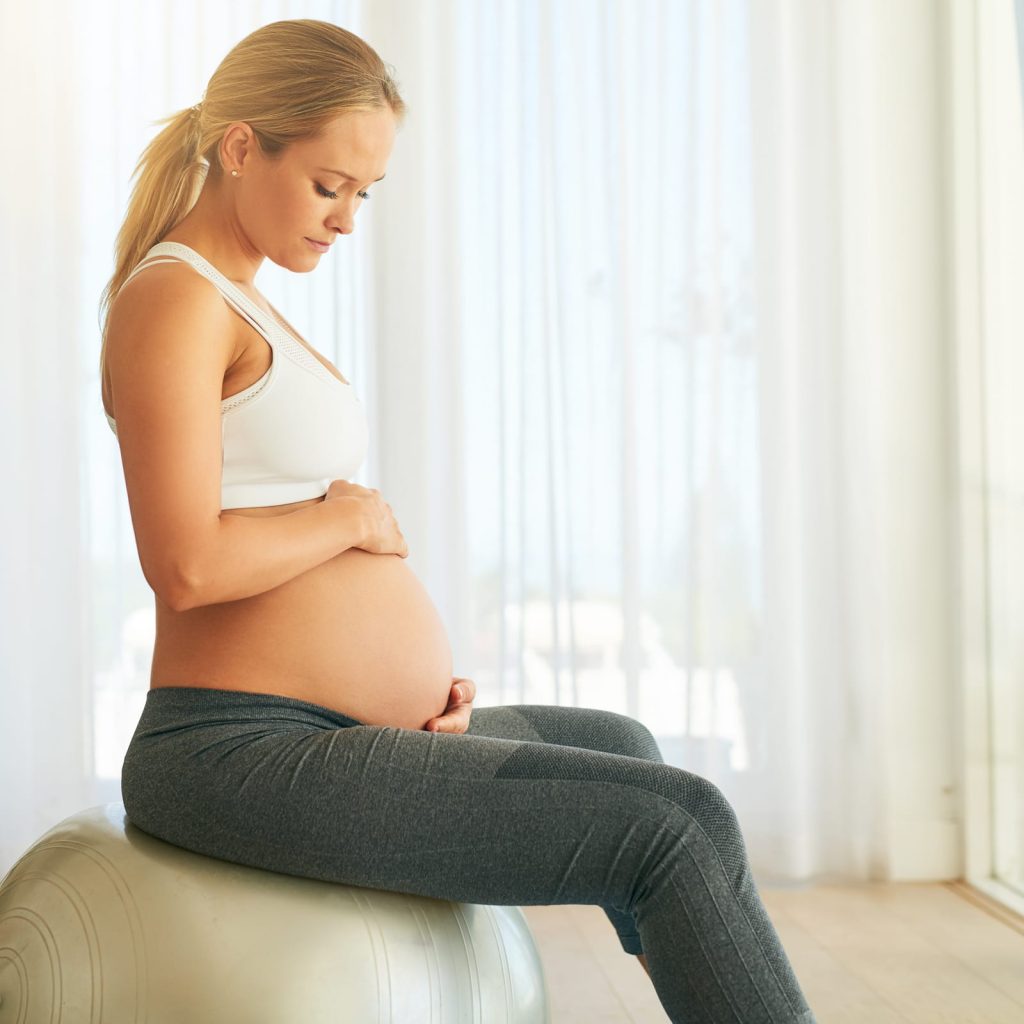
Encouraging Holistic Recovery
Supporting Your Pregnancy & Postpartum Well-being through Expert Osteopathic Care
– Relief from pregnancy-related discomfort.
– Support in managing postural changes post-pregnancy.
– A holistic pathway to recovery, focusing on total well-being.

